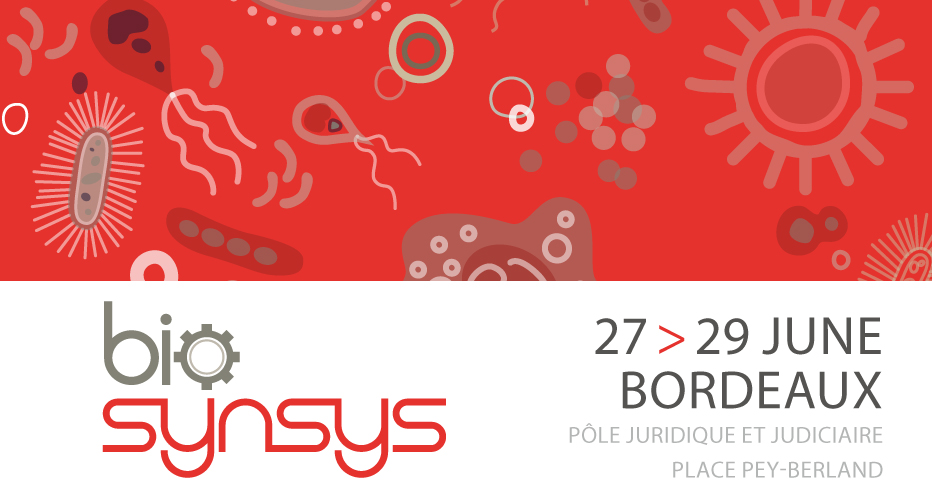Methionine is an essential amino acid that is required in animal diet and is the first limiting amino acid in poultry. Its world market is huge and keeps growing. Today, most of the commercialized methionine is chemically synthesized and leads to mixtures of D- and L-enantiomers. To develop alternative and bio-based production routes, the past ten years have seen the development of novel modes of production of the pure enantiomer L-methionine by fermentation of engineered microorganisms. Besides, the chemical synthon 2,4-Dihydroxybutyric acid (DHB) is a promising molecule as it may serve as a precursor of methionine analogue (2-hydroxy-4-(methylthio)butyrate). However, petrochemical synthesis of DHB is not economically viable. In addition, no natural metabolic pathways exist for the biochemical production of this compound.
In this work, the focus was placed on the design of a new and artificial metabolic pathway dedicated to DHB production. The idea was to change the homoserine pathway that starts with aspartate to a DHB pathway starting from malate. To this end, three catalysts had to be engineered, which include one malate kinase, one malate semi-aldehyde dehydrogenase and one malate semi-aldehyde reductase activities (Figure1). Candidate enzymes acting on sterically cognate substrates were first identified using data mining. Following a computer-aided design strategy, small libraries of mutants were generated for each enzyme and screened with medium-throughput microtiter plate assays. Mutants displaying the desired substrate specificities were sorted out and used to produce DHB.
- Other

 PDF version
PDF version
